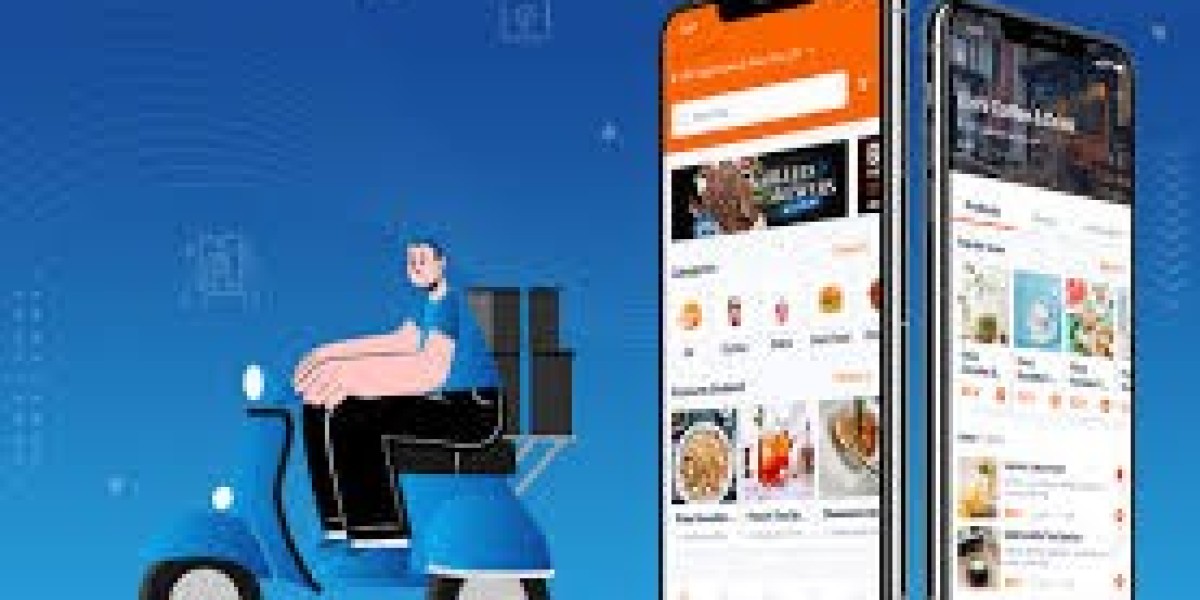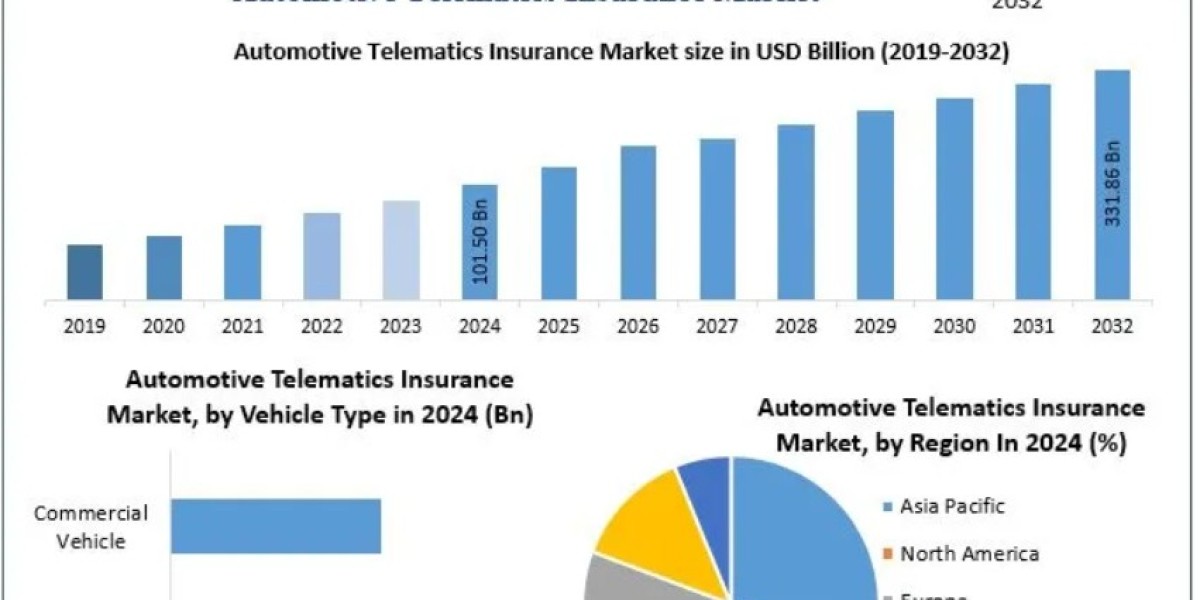Turning an idea into a functioning, user-friendly food delivery app may sound like a tall order—but with the right process and guidance from food delivery app developers, your vision can become a reality. In this blog, we'll walk through the key steps that make this transformation possible, breaking it down in a way that’s easy to follow and genuinely engaging. Whether you're a startup founder or a restaurant owner exploring app development, you’ll find insights and practical guidance here.
1. Ideation: Defining Your Vision
1.1 Clarify the Problem You Solve
Every successful app starts by solving a real problem. Are you aiming to:
Help local restaurants reach more customers?
Offer faster delivery options?
Provide a unique niche service (e.g., healthy meals, vegan-only, or late-night delivery)?
By defining the core problem, both you and your food delivery app developers can stay focused on purpose right from the outset.
1.2 Explore Your Unique Angle
Consider how your app could stand out. Is it speed, personalization, UX, sustainability, or partnerships with hyper-local chefs? The clearer your unique angle, the better developers can shape the app’s design and functionality to reflect it.
1.3 Sketch the Basics
No need for polished wireframes yet—just jot down ideas. Ask:
What are the essential screens? (Home, Menu, Cart, Checkout, Profile)
Where will users navigate from, and where should they end up?
What’s the most important next step at each stage?
These rough sketches will form the foundation of the conversation with your food delivery app developers.
2. Planning & Research: Laying the Foundation
2.1 Market Research
Understanding your competitive landscape is critical. Look at existing food delivery apps in your region or niche, note their strengths, user reviews, and opportunities for improvement.
This helps your team pinpoint what to replicate—and what to innovate.
2.2 Audience Research
Who are your users? Busy professionals, students, families? What drives their habits—menu variety, speed, promotions, or convenience? Share insights with your food delivery app developers so they can design features that resonate.
2.3 Technical Choices
Will you launch on Android, iOS, or both? Should it be native, cross-platform (e.g. Flutter, React Native), or web-based? What integrations are essential—secure payments, GPS tracking, mapping, restaurant onboarding workflows, push notifications?
Discussing these options early ensures your team tailors technology to your needs and budget.
2.4 Planning with Your Development Team
This is where professional food delivery app developers shine. They help convert your sketches into:
Feature specifications: Clear, prioritized lists (e.g., must-have vs. nice-to-have)
User flows: Who does what and when (ordering, checking status, contacting support)
MVP planning: Minimal Viable Product roadmap—focus on core features to validate your concept fast
A solid plan lets your developers estimate costs, timelines, and resource needs accurately.
3. UX/UI Design: Building an Engaging Experience
3.1 User Experience (UX) Design
UX designers dig into how users interact with your app. They’ll create wireframes and prototypes to test navigation, clarity, and ease of use. This step ensures that ordering, browsing menus, and checking out all feel logical and seamless.
3.2 User Interface (UI) Design
Once the flow is solid, UI designers bring it to life visually—think colors, fonts, buttons, icons, and branding. A clean, appealing interface not only attracts users but also builds trust and makes your app feel reliable.
3.3 Iteration & Feedback
The best food delivery app developers and designers work iteratively; they’ll ask for your feedback, run user-tests, and make adjustments. Maybe users find the checkout button too small, or the menu layout confusing. Small tweaks here can make a big difference.
4. Development: From Wireframes to Working App
4.1 Setting Up the Project
Developers set up the codebase—a structured environment where front-end (what users see) and back-end (servers, databases, APIs) work together. This includes setting up version control, development and staging environments, and project tracking tools.
4.2 Front-End Development
This covers the user-facing side of the app:
Displaying menus, images, buttons
Enabling cart interactions, input verification, checkout flows
User flows from onboarding to placing an order
4.3 Back-End Development
Behind the scenes, your app needs:
Databases to store menus, restaurant data, user accounts, orders
APIs to serve data to the front-end and handle payments
Real-time updates (e.g. order status, delivery tracking)
Your food delivery app developers make sure it’s robust, secure, and scalable.
4.4 Third-Party Integrations
Most food delivery apps depend on external services:
Payment gateways (Stripe, PayPal, local options)
Map and GPS for tracking orders or delivery agents
Push-notification services
SMS or email alerts
Developers handle these connections and ensure they work smoothly and safely.
4.5 Testing & Bug Fixing
Quality assurance is essential. Development teams run:
Unit tests (individual components)
Integration tests (how pieces work together)
User acceptance tests (does it feel right?)
Any bugs or UX hiccups are ironed out—ensuring a smooth user experience before launch.
5. Launch: Going Live
5.1 Beta Launch & Soft Rollout
A beta launch—perhaps in a single city or with a limited user group—lets you gather real-world feedback before a full-scale release. This manageable approach helps catch overlooked issues while minimizing risk.
5.2 Full App Store Release
Once confident in performance and stability, your app goes live on app stores. Food delivery app developers will:
Prepare release builds
Provide app store assets (icons, screenshots, descriptions, keywords)
Ensure compliance with each platform’s submission policies
5.3 Marketing & Launch Strategy
Launching isn’t enough—you need users. Whether you’re running ads, partnering with local restaurants, or offering introductory discounts, a coordinated strategy boosts visibility and downloads. Don’t forget reviews and ratings—positive feedback can drive momentum.
6. Growth & Ongoing Improvement
6.1 Gather & Analyze Feedback
Once users begin ordering, monitor feedback, feature requests, bug reports, and usage patterns. Tools like crash-reporting dashboards, analytics, and user surveys are invaluable.
6.2 Regular Updates
Your development team should keep refining the app—whether adding features (e.g. loyalty programs, in–app chat, scheduled delivery) or optimizing performance. Iterative improvements build loyalty and retention.
6.3 Scalability & Infrastructure
As users and partners grow, your back-end systems need scaling. This might mean migrating to cloud servers, using load balancers, or optimizing database queries—all while food delivery app developers keep downtime to a minimum.
6.4 Stay Ahead of Trends
Delivery apps evolve fast—think voice ordering, dark kitchens, hyper-local routes, AI-based suggestions, or carbon-friendly delivery. Keeping an eye on industry trends ensures your app remains competitive and forward-looking.
7. Why Expert Food Delivery App Developers Make the Difference
Domain Experience – They understand the unique challenges of delivery logistics, menu management, and UX patterns that delight users.
Technical Efficiency – Skilled developers work faster and write cleaner, more maintainable code—saving you time and money in the long run.
Holistic Vision – Beyond features, they think about performance, security, user retention, and app store optimization.
Tailored Solutions – Whether you want a lean MVP or a fully-featured platform with admin dashboards and analytics, expert teams adapt to your goals.
Long-Term Partnership – A trusted development team evolves with your business—supporting updates, scaling your product, and helping drive growth.
8. A Streamlined Roadmap Overview
Stage | What Happens |
Ideation | Define problems, rough sketches, unique angle |
Planning & Research | Market/audience research, feature specs, tech stack |
UX/UI Design | Wireframes, visual design, feedback loops |
Development | Front-end/back-end build, integrations, testing |
Launch | Beta rollout, app store submission, marketing |
Growth | Feedback analysis, updates, scaling, innovation |
Keeping to this roadmap ensures transparency, pace, quality, and alignment with your vision—and helps food delivery app developers stay focused on what matters most.
9. Real-World Example—Hypothetical Case
Let’s imagine a founder named Sara wants an app that delivers “home-style cooked meals from local moms” to busy professionals. Here's how it might flow:
Ideation: Sara defines her app’s mission—support local cooks, provide healthy meals quickly, highlight stories behind dishes.
Planning: She researches food-delivery preferences, sketches key screens (menu, cook profiles, delivery tracking), chooses to build on React Native for cross-platform reach.
UX/UI: Designers create a warm, trusting visual style with photos of cooks, friendly fonts, and easy navigation. Prototype testing reveals users want cook ratings and delivery time estimates clearly visible.
Development: Front-end shows cook profiles and menus; back-end connects to a database, integrates Stripe for payments and Google Maps for tracking.
Launch: Sara starts in one neighborhood, offering a promo. Feedback shows users want filter options (vegetarian, spicy, quick-prep).
Growth: The team adds filters, loyalty points, and performance optimizes maps. As orders scale, they migrate to scalable cloud hosting and add auto-retry for flaky network conditions.
Vision: New features like scheduled meal deliveries for busy commuters are planned—keeping Sara’s app innovative and user-focused.
This simplified example illustrates how food delivery app developers turn abstract ideas into tangible, living products—and evolve with them.
Conclusion
Transforming an idea into a thriving food delivery app isn’t magic—it’s a journey built on collaboration, clarity, and craft. The right food delivery app developers guide you through each stage—from refining your concept and research, through design and development, to launch and beyond—ensuring your app is not just functional, but delightful, scalable, and distinctive.
At Appingine, we understand that your vision isn’t just about code—it’s about empowering local businesses, delighting users, and making life easier one order at a time. When you're ready to bring that vision to life, our team is here to co-create something amazing with you.








